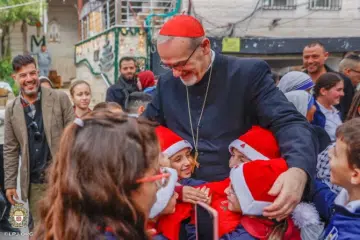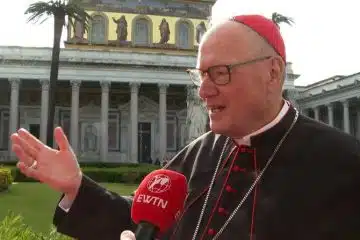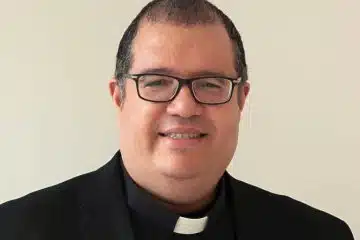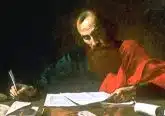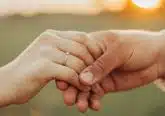The Redemption of the Body – Part 2

Note: This article is part of an ongoing series on Pope St. John Paul II’s “Theology of the Body.”
Before going on to the final part of Theology of the Body (TOB) on marriage, Pope St. John Paul II concluded his threefold meditation on the nature of the human person (i.e., his “triptych”) by reflecting on “the redemption of the body” spoken of in the eighth chapter of St. Paul’s Letter to the Romans. Because of the close connection between man and the cosmos, all of creation yearns and groans, as with labor pains, for our final redemption when “creation itself will be set free from its bondage to corruption and obtain the freedom of the glory of the children of God … and not only the creation, but we ourselves, who have the first fruits of the Spirit, groan inwardly as we wait for adoption as sons, the redemption of our bodies. For in this hope we were saved” (Rom 8:21, 23-24a).
This all sounds well and good, but what exactly is the redemption of the body? It is the healing, restoring, and elevating of the whole human person. Recall from our prior TOB reflections that the body is the sacrament of the person. It reveals and makes present the hidden mystery of the person. It is the outward manifestation of the person and the place of personal encounter. As Pope St. John Paul II said, “The ‘body’ signifies the visible aspect of man and his belonging to the visible world” (TOB 86.4). Thus, when we speak of the redemption of the body, we are speaking of “the redemption of man” (86.2) with a special emphasis on our bodiliness and connection with the cosmos. Redemption of the body refers most of all to “the eschatological victory over death, to which Christ gave witness above all with his resurrection,” as well as the victory over sin and all the effects of sin that plague humanity (86.5).
A question often arises at this point: When does the redemption of the body occur? Do we not believe that Christ has already accomplished our redemption by taking on our humanity, freely sacrificing Himself on the cross, and rising from the dead? Yes, we do! Yet, as we saw in our exploration of the late pope’s reflections on “eschatological man,” this work of redemption is not complete until the resurrection of the body at the end of time when Jesus will come again to judge the living and the dead. Those whom he finds worthy will experience the definitive restoration and glorification of their humanity—body and soul—and enter into the eternal, divine communion of the Father, Son, and Holy Spirit. They will be completely filled with His love, presence, and joy, and forever live in perfect harmony with Him and with one another in the new creation.
We can see, paradoxically, that the redemption has both already been accomplished while at the same time, we await its final completion. For those of us who now live in this period of the “already, but not yet,” the redemption of the body also continues to unfold in our daily lives. As Pope St. John Paul II said, “The ‘redemption of the body’… expresses itself not only in the resurrection … ” but “also in the words of Christ addressed to ‘historical man’” which “refer to human morality and have an ethical sense” (86.6). By creating us as peoples endowed with freedom, God calls us to freely collaborate with Him in our redemption. Every day, we must open anew to Him the wounded, sinful places in our hearts and work diligently with the help of His grace to overcome every sinful tendency: “In his everyday life, man must draw from the mystery of the redemption of the body the inspiration and strength to overcome the evil that is dormant in him in the form of the threefold concupiscence” (86.7). In doing so, we continue Christ’s work of redemption in our daily lives. Thus, we can say that we have been redeemed, are being redeemed day by day, and hope to be redeemed when Christ comes again.
In our final reflection on the redemption of the body, we will look a little more closely at what it means to live this redemption in our daily lives, especially in regard to the spousal meaning of the body.
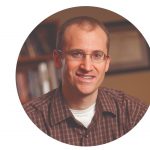 Dr. Andrew Sodergren is a Catholic psychologist and director of psychological services for Ruah Woods. He speaks on the integration of psychology and the Catholic faith. He and his wife, Ellie, have five children.
Dr. Andrew Sodergren is a Catholic psychologist and director of psychological services for Ruah Woods. He speaks on the integration of psychology and the Catholic faith. He and his wife, Ellie, have five children.
This article appeared in the August 2025 edition of The Catholic Telegraph Magazine. For your complimentary subscription, click here.


